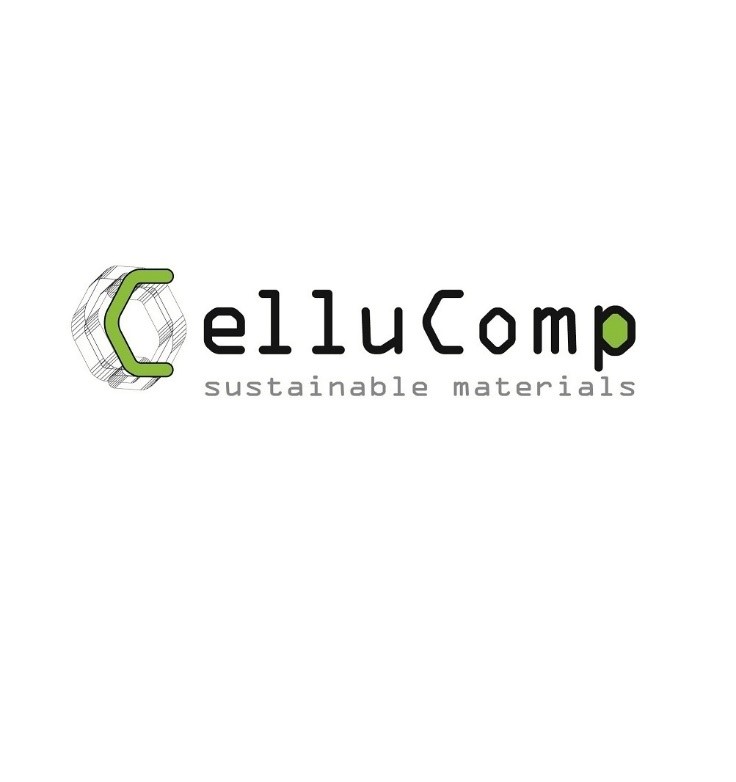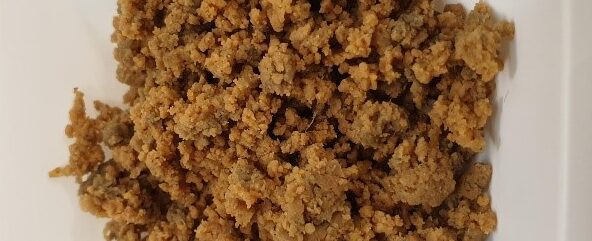Send us your feedback
Here you can send us feedback on the Maxess-website. Please describe the problem or what’s missing in a clear way, and on what page you found the issue. Thank you so much for your help!
Waste Streams for Sustainable Materials
A new cellulose-based material obtained from the extraction of nanocellulose fibres of root vegetables was characterized by synchrotron ultra-small-angle X-ray scattering and synchrotron wide-angle X-ray scattering (USAXS-WAXS) at PETRA III by a team of CelluComp, Danish Technology Institute (DTI) and DESY.
Improving a multi-use bio-based product
CelluComp is a Scottish-based company located in Fife, near Edinburgh. The principal activity is to develop and commercialize Curran®, a material developed from the extraction of nanocellulose fibres of root vegetables, primarily from sugar beet pulp, which is a by-product of the sugar industry. With its exceptional mechanical and rheological properties, it has many potential applications to reduce the usage of plastics and synthetic coatings.
Curran® is a complex hierarchical natural structure containing natural polymers, including cellulose, in the form of micron-sized platelets. Each platelet is formed from interwoven cellulose nanofibers embedded in non-crystalline polymers. Bio-based materials, like Curran®, which are usually weak X-ray scatterers, in combination with structures at different length scales, lab-based X-ray sources are not optimal suited.

How to cover different length scales
SAXSSuitable for investigating the structure of partially ordered materials and systems, and characterising structures at various length scales and fast measurement times.More info and WAXSAnalogous to X-ray Powder Diffraction (XPD), it is used for investigating partially ordered materials and providing information about crystallization processes.More info were used at DESY’s synchrotron facility PETRA III. The beamline P03 offers extraordinary conditions, X-ray energy, brilliance, and experience for analyzing cellulose and other bio-based materials. Both methods record a transmission scattering pattern from monochromatic X-ray radiation but at different distances between the sample and detector. The WAXS scattering pattern is collected close to the sample and the USAXS detector is placed far away, up to 10 meters, from the sample. The high-quality data obtained at PETRA III confirmed the formation of nanostructures in aqueous conditions as well as the presence of cellulose-containing crystalline and amorphous domains that could influence the mechanical properties of the cellulose-based material. The synchrotron radiation led to a better understanding of the different production and process conditions that may affect the structures of Curran® when going from dry to wet conditions.
Contact Partners
Case Details
CelluComp Ltd
MINAXS P03






